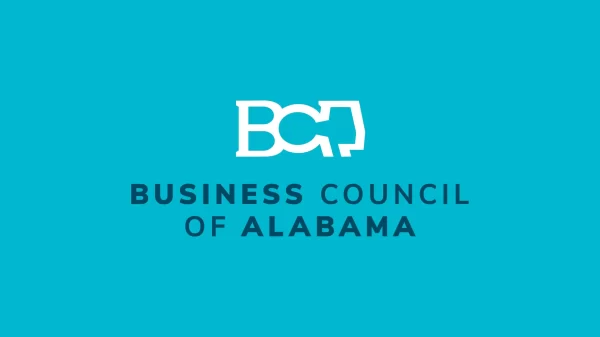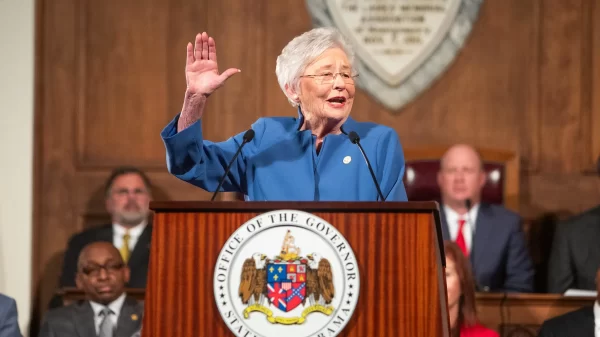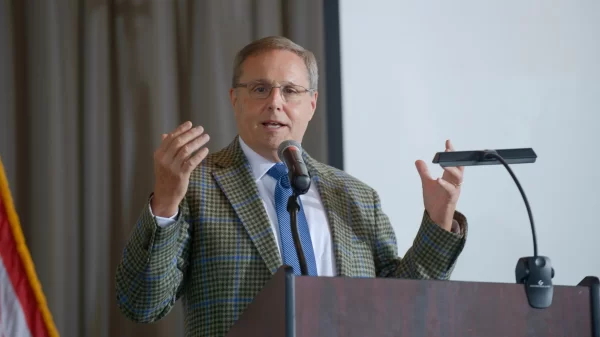|
Getting your Trinity Audio player ready...
|
The Alabama Workforce Council along with the Governor’s Office of Education and Workforce Transformation conducted a survey across Alabama to gather insights from employed and unemployed individuals aged 16 to 24. According to the Federal Reserve Bank of Dallas, Alabama has the highest rate of young people who are neither in school nor employed, reaching 18 percent, of the estimated 492,021 Alabamians aged 18-24.
The survey was carried out by Cygnal from August 3rd to 21st, 2023, and received responses from 404 young people who were either employed or unemployed. Among the 245 employed respondents, 51% identified as male and 49 percent as female. In the group of 159 unemployed respondents, 46 percent were male and 54 percent were female.
The survey revealed that 80 percent of young people in Alabama are content with their jobs, and satisfaction tends to increase as income rises. The primary cause of job dissatisfaction is pay (19 percent). The study also found that 79 percent of unemployed youth in Alabama have either completed high school or earned a GED. However, 13 percent of those surveyed reported lacking reliable transportation to commute to work, while nearly 60 percent of workers have missed work due to car breakdowns. A significant number of workers don’t have access to public transportation; half of them spend over 30 minutes on their commute, and transportation issues have led a third of workers to quit or lose their jobs.
About two-thirds of unemployed young individuals are actively searching for work, with urban residents more likely to seek employment compared to their rural counterparts. Additionally, 37 percent of workers have postponed taking new jobs, changing positions within the same company, or enrolling in school or training due to concerns about losing benefits from the Supplemental Nutrition Assistance Program and 52 percent reported apprehensions about losing Medicaid benefits.
Reasons for unemployment include personal and family responsibilities (24 percent), with over a third of unemployed young people caring for family members. About 24 percent cited their own illness or disability as the primary cause of unemployment, especially among those under 21. Lack of transportation is also a significant obstacle, affecting 19 percent of unemployed young people. Furthermore, 39 percent of unemployed respondents lack a driver’s license, and 52 percent have unreliable transportation or depend on other factors for their commute.
Substance abuse (7 percent) and felony convictions (1 percent) have had minimal impact on job searches among the unemployed young respondents. Only 3 percent have a military background. Among those with felony convictions, almost half have participated in educational programs.
Interestingly, only one in five unemployed young people are familiar with AlabamaWorks!, and awareness is slightly higher in urban and rural areas. Merely 16 percent have used a career center, and three-quarters of those searching for jobs fall into this category. A majority (60 percent) are unaware of work-based learning programs available to them. However, 60 percent expressed interest in utilizing these career and educational resources if they had more information, and online
platforms were found to be the most effective channels for raising awareness. Specifically, 40 percent use job search sites like Indeed, showing a preference by a 33 percent margin over LinkedIn. Additionally, 21 percent of respondents use online searches.
For reaching young people in Alabama, YouTube and other non-Twitter social media platforms prove to be the most effective avenues. Nearly a quarter of unemployed young individuals spend more than 5 hours daily on social media, especially if they are unemployed and under the age of 21.
The Alabama Workforce Council is comprised of business executives from some of the most important industries and organizations in the state of Alabama. The Council’s goal is to facilitate collaboration between government and industry to help Alabama develop a sustainable, top-notch workforce that is competitive on a global scale. Since its inception, the Council has been committed to analyzing important issues related to workforce development and making sound recommendations that will help to create more and better opportunities for all Alabamians.




















































